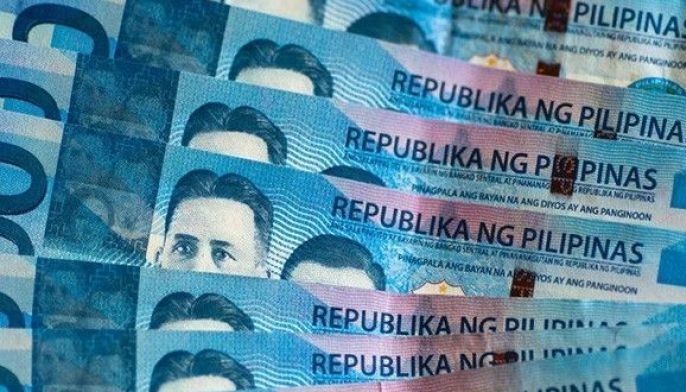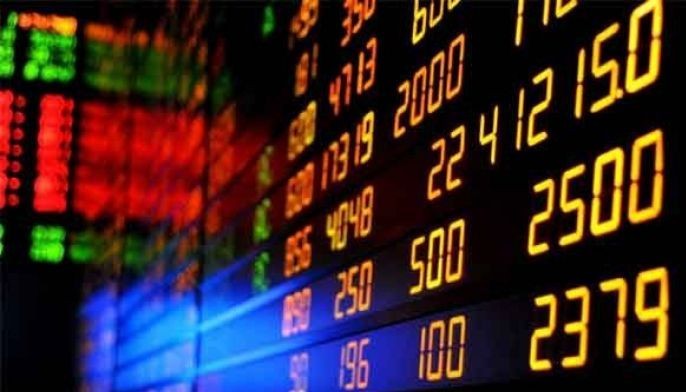Fed raises key rate and sees possible acceleration in hikes

WASHINGTON — The Federal Reserve took note of a resilient U.S. economy Wednesday by raising its benchmark interest rate for the second time this year and signaling that it may step up its pace of rate increases.
The Fed now foresees four rate hikes this year, up from the three it had previously forecast. The action means consumers and businesses will face higher loan rates over time.
The central bank raised its key short-term rate by a modest quarter-point to a still-low range of 1.75 percent to 2 percent. With the economy now nine years into an expansion, the move reflects the steadiness of growth, the job market's strength and inflation that's finally reaching the Fed's 2 percent target level.
Economists said the Fed left little doubt that it's prepared to increase the pace of its credit tightening to guard against high inflation later on.
"The labor market is getting tighter, and price pressures are picking up," said Greg McBride, chief financial analyst at Bankrate.com. "The Fed is prepared to be quicker about pushing rates higher."
It was the Fed's seventh rate increase since 2015, and it followed an increase in March this year.
The announcement helped resolved a debate in financial markets over whether the Fed under Jerome Powell, who succeeded Janet Yellen as chairman in February, might see a need to signal a possible acceleration in rate hikes. The statement the Fed issued Wednesday after its latest policy meeting ended suggested that he does.
Besides raising its projection for rate increases this year from three to four, the Fed removed a key sentence from the previous statement that had been viewed as foreseeing a need to keep rates low for an extended period. The Fed's new projection for the pace of rate hikes shows four this year, three in 2019 and one in 2020.
At a news conference, Powell sought to portray the Fed's actions as evidence mainly that the economy is doing well and not that the central bank is eager to accelerate its rate increases.
"The economy is in great shape," Powell said.
He acknowledged that the Fed is hearing concerns from some business executives about the Trump administration's combative trade policies, including anecdotal cases in which companies have postponed hiring or major purchases.
But Powell added, "For now, we don't see that in the numbers at all."
Trump has slapped tariffs on steel and aluminum imports, has threatened additional tariffs on Chinese imports and has directed his administration to consider further duties on imported cars. Those moves have inflated steel and aluminum costs.
Powell appeared at ease Wednesday in fielding questions ranging from the intricacies of monetary policy to banking regulation and even to whether marijuana should be legalized. (He said that as Fed chairman, he had no position on that.)
And he announced that in the interest of public transparency, he will begin next year to hold a news conference after each of the Fed's eight policy meetings each year, rather than only once a quarter.
"This does not signal anything about the future pace of interest rates hikes," the chairman cautioned.
Since the Fed began holding quarterly news conferences in 2011, it has announced major policy moves only at the quarterly meetings, which have all been followed by a news conference by leader of the Fed.
The central bank's new median forecast projects the Fed's benchmark rate at 3.1 percent by the end of 2019, up from 2.9 percent in the previous forecast. For 2020, the Fed foresees a median of 3.4 percent. That means that by then, it thinks its key rate will finally exceed the 2.9 percent it sees as neutral — as neither stimulating nor restraining growth. Should the Fed's expectations prove accurate, its policy would then be intended to slow the economy.
The Fed now envisions stronger growth this year — 2.8 percent, up from the 2.7 percent it predicted in March. Unemployment, now at an 18-year low of 3.8 percent, would drop to 3.6 percent by year's end and to 3.5 percent in 2019 and 2020 — levels not seen in 49 years. Inflation by the Fed's preferred gauge would hit its 2 percent target this year and edge up to 2.1 percent over the next two years.
A gradual rise in inflation is coinciding with newfound economic strength. Consumer and business spending is powering the economy, in part a result of the tax cut President Donald Trump pushed through Congress late last year. With employers hiring at a solid pace month after month, unemployment has reached 3.8 percent. Not since 1969 has the jobless rate been lower.
Beginning in 2008 in the midst of the financial crisis, the Fed had kept its key rate unchanged at a record low near zero for seven years. It then raised rates once in 2015, once in 2016, three times in 2017 and now twice this year.
The Fed aims to achieve its mandates of maximizing employment and stabilizing prices by lowering rates to spur growth during times of economic weakness and raising rates to slow growth if the economy threatens to overheat. When the Fed tightens credit, it aims to do so without derailing the economy. But if it miscalculates and overdoes the credit tightening, it can trigger a recession.
At nine years, the economic expansion is now the second-longest in history. It will become the longest if it lasts past June 2019, at which point it would surpass the expansion that lasted from March 1991 to March 2001.
The Fed's pace of rate hikes for the rest of the year could end up reflecting a tug of war between a sturdy economy and the risks to growth, including from a potential trade war that could break out between the United States and such key trading partners as China, the European Union, Canada and Mexico. All those countries have vowed to retaliate against any U.S. tariffs with their own penalties against U.S. goods.
- Latest
- Trending





























